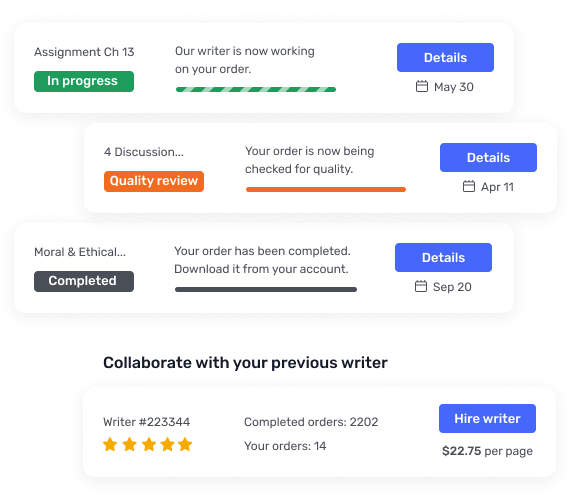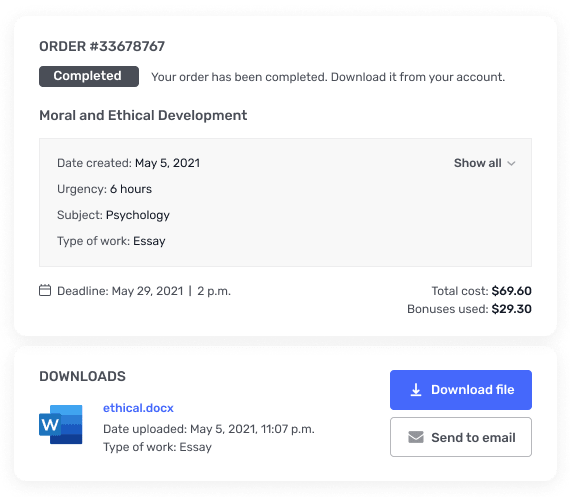The CAPM predicts that a security with a beta of zero will offer an expected rate of return of 0%
Please answer true or false to each of the following statements and briefly justify your answer. (a) The CAPM predicts that a security with a beta of zero will offer an expected rate of return of 0%. (b) An investor who puts $10,000 in T-Bills and $20,000 in the market portfolio will have a beta of 2. (c) Investors demand higher expected rates of returns for stocks that are more exposed to macroeconomic shocks.(d) Investors demand higher expected rates of returns for stocks that are more sensitive to fluctuations in the stock market.(e) Beta is a measure of risk and the risk free asset has a beta of zero. Therefore the lowest possible value that a beta can have is zero.Problem 2The risk free rate is 4% and the expected return on the market portfolio is 12%. Please use the CAPM to answer the following questions.(a) Draw a graph showing how the expected return varies with beta.(b) What is the market risk premium?(c) What is the required rate of return on an investment with a beta of 1.5?(d) If an investment with a beta of 0.8 offers an expected return of 9.8%, does it have a positive NPV?(e) If the market expects a return of 11.2% from a stock, what is its beta?Problem 3Securities A, B and C have the following characteristics:Security E(R) BetaA 10% 0.7B 14% 1.2C 20% 1.8(a) What is the expected return on a portfolio with equal weights?(b) What is the beta of a portfolio with equal weights?(c) Are the three securities consistently priced according to the CAPM?Problem 4You are analyzing the beta of Pewlett Hackard, an all equity firm with a 38% tax rate, and have broken down the company into four broad business groups, with market values and betas for each group: Business Group Market Value Beta Servers $ 2.0 billion 1.10 Personal Computers $ 2.0 billion 1.50 Software $ 1.0 billion 2.00 Printers $ 3.0 billion 1.00 (a) Estimate the beta for Pewlett Hackard as a company. (b) If the Treasury bond rate is 3%, and the market risk premium is 5.7%, estimate the cost of equity for Hewlett Packard. Estimate the cost of equity for each division. (c) Which cost of equity would you use to value a typical project in the printer division?(d) How would Pewlett Hackard’s cost of equity change if it went from being 100% equity financed to 75% equity and 25% debt financed?




